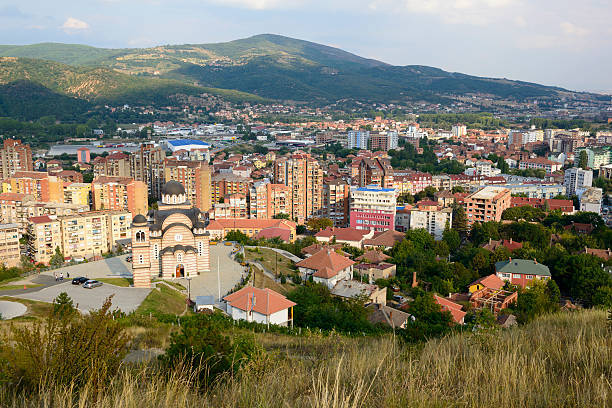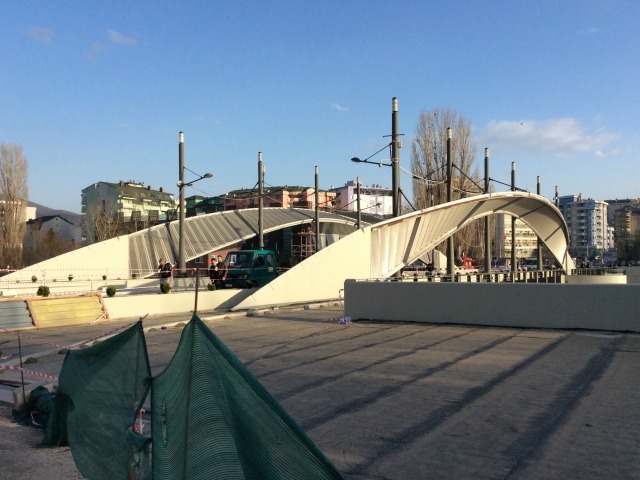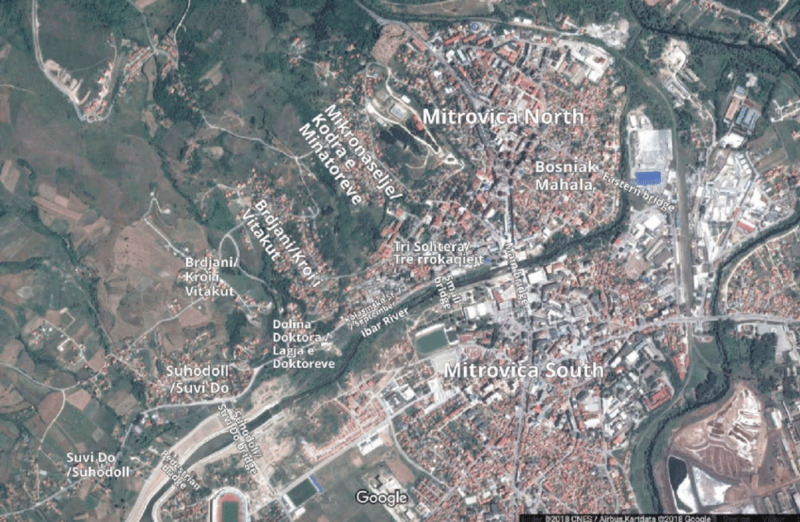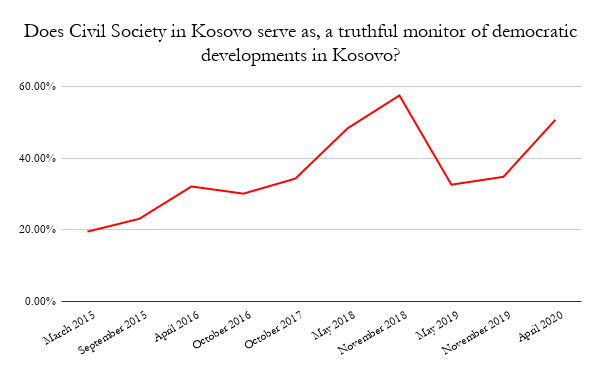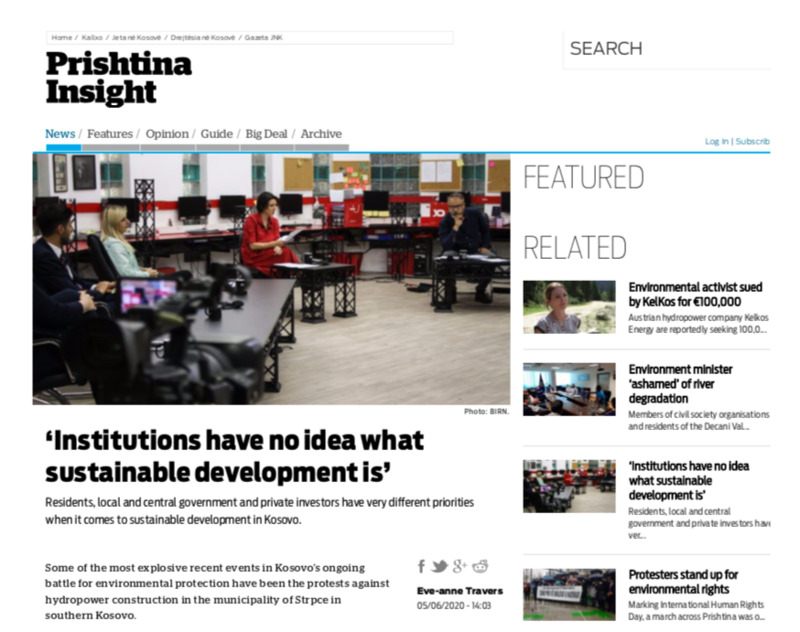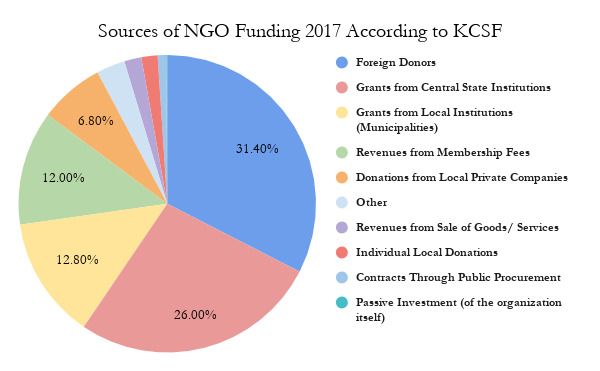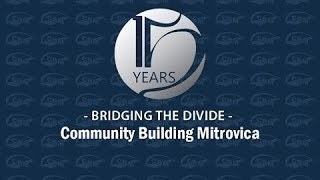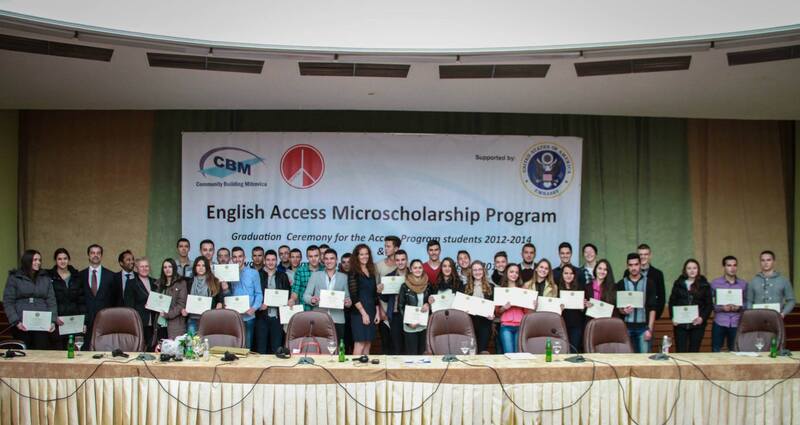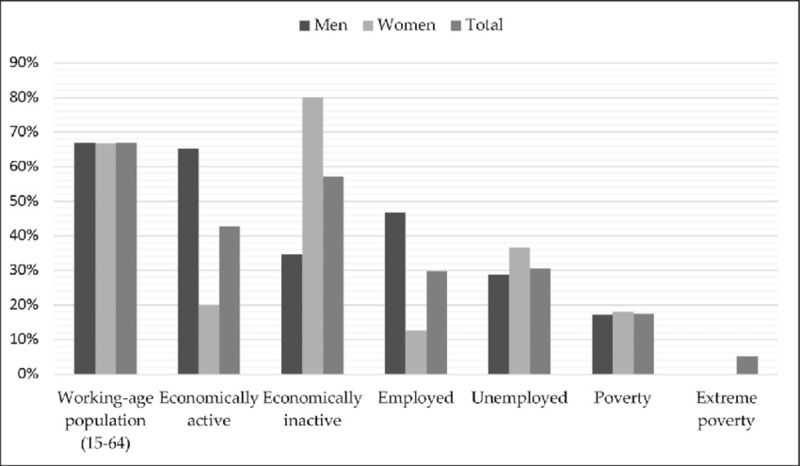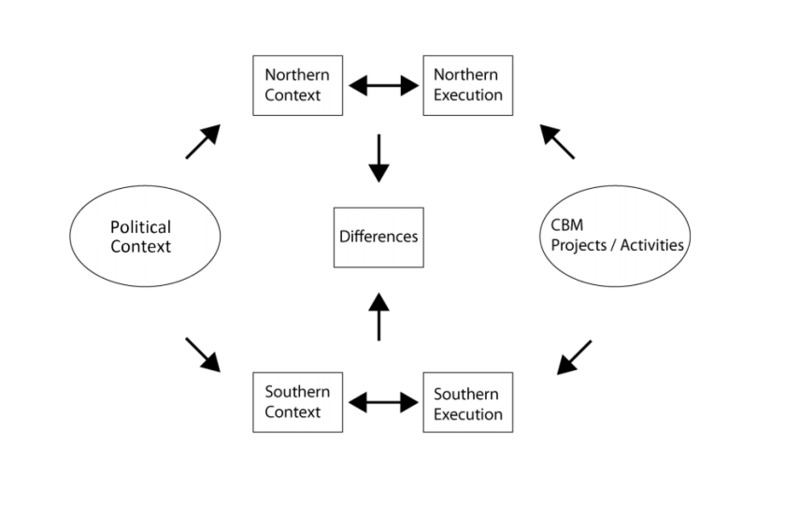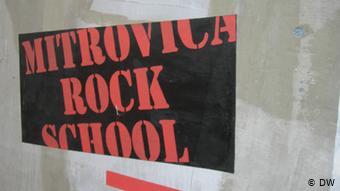Community Building Mitrovica (Kosovo)
This presentation was created by the Kosovo Team: Ethan Fouks, Sophia Geringswald, Michael Prior, Maggie Wang
History of Conflict and the Wars in the Balkans
The Kosovo Identity Crisis
The country of Kosovo is located directly beneath Serbia and above Albania. The population of Kosovo consists mostly of people who are ethnically Albanian, often referred to as Kosovar Albanians. Many of the metropolitan areas within Kosovo, especially Mitrovica, are ethnically divided, with cultural tensions being strained due to the atrocities committed in the Kosovo War. Although Kosovo declared its independence in 2008, the Serbian government still considers it to be part of Serbia.
Ultimately, the Serbian nationalism that sprouted out of the Yugoslav Wars created this dispute of ownership over the territory of Kosovo. Today, the Kosovo government and its citizens have progressively worked toward creating a Kosovar identity. According to members of CBM, the country of Serbia does not often see Serbian residents of Kosovo as Serbs, instead they are referred to as Kosovars. The concept of 'identity' is integral to understanding the 20 years of conflict in Kosovo.
The conflict between Serbs and Albanians can still be seen today, over 20 years after the Kosovo War. NGOs like CBM work diligently to reconcile the cultural differences between Serbs and Albanians in Kosovo. The following video provides some insight into the nature of the tension in the present day.
The Kosovo Declaration of Independence, when written in 2008, established Kosovo as a nation. The 12 'points' listed under this document express the country's desire to reconcile with their complicated past, promote peace and stability in the country, and create a newe Kosovo identity that welcomes cultural differences.
A Divided City
The bridge that crosses over the Ibar River is meant to connect the two parts of the city, however, due to the tension and territorialism that exists in Kosovo, it is widely seen as a symbol of the divide between the two ethnic communities.
It is important to understand the geography of Mitrovica in order to understand how the cultural divide exists. The north side of Mitrovica is composed of a highly concentrated ethnically Serb majority while the south side of the city is composed of an ethnically Albanian majority. The geographic divide contributes directly to the cultural divide between Serbs and Albanians, with many citizens never interacting with citizens of the other ethnicity.
As mentioned prior, there are many young people in the city of Mitrovica who have never met an individual who is ethnically different. NGO work in Mitrovica revolves around the need to create a dialogue between the two ethnic groups and promote civil society in the country.
NGO Sector in Kosovo
Kosovo has 1 NGO per 180 citizens (Arifi et al., 2019; World Bank, 2019).
Understanding the entire NGO sector’s activities and true size is challenging due to an absence of reliable public information and a lack of accurate record keeping by the government (Puka, 2018).
The NGO sector is making incremental progress in improving its overall sustainability by enhancing service provision, sectoral infrastructure, advocacy efforts, financial sustainability, and organizational capacity (USAID, 2019).
The NGO sector in Kosovo exists in a donor-funded environment. Of the organizations that reported revenues, a majority of them receive most of their financial support from a single donor and receive small amounts from few others (USAID, 2019). “Foreign donors continue to be the main source of funding for CSOs in Kosovo, though with a noticeable decline compared to data from 2015” (Puka, 2018).
Community Building Mitrovica: NGOs and Peacebuilding
CBM was founded to help bring peace to a war torn nation, with deep divides still intensely present between the Albanian and Serbian populations. Formed before Kosovo was even officially recognized as an independent country, CBM has spent the last several decades trying to heal the scars formed during the bloody Civil War.
CBM strives to do this by reaching out to the youth in Mitrovica and beyond, while also assisting many start-ups and organizations formed by women. They take special care to include members of both ethnic groups, and bring them together so that bonds may form and prejudices may be forgotten, especially among the youngest members of their population.
CBM has succeeded in bringing people together to combat ignorance and hate, with many former members of the program going on to spread this more welcoming and accepting mentality. Some of these individuals have even gone on to hold political positions where they help to steer Kosovo as a whole towards being a new nation with one people, most prominently Valdete Idrizi, a former director of CBM.
The greatest challenges CBM faces moving forward are economic, as Kosovo’s unemployment rate has remained near the highest in Europe, while some investors have started looking elsewhere to support issues more in the public eye, such as the ongoing Covid epidemic.
CBM Mission
Mitrovica a safe, diverse place where accountable institutions, civil society and active citizens appreciate differences in a democratic culture. CBM is an interethnic grassroots organization that identifies, encourages and facilitates joint actions of citizens in the Mitrovica region in order to promote cooperation, co-existence and democratic values.
Downstream Genocide and Mass Atrocity Prevention
Over 20 years after the end of the Kosovo War, a conflict that killed an estimated 13,000 civilians, the government is still uncovering mass graves. The efforts made by the government to reconcile the conflict by uncovering the truths behind it have been valuable steps in the peacebuilding process. The efforts help to bring closure to many Albanian families in Kosovo.

